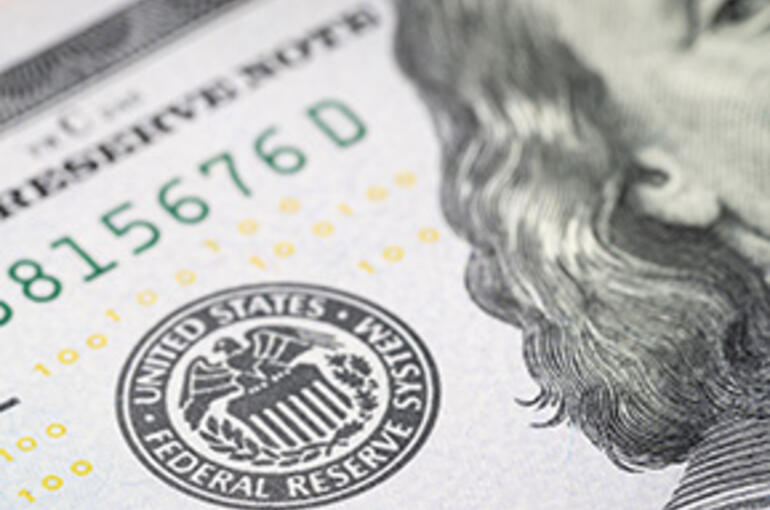- FR
- EN
Should investors play the “Powell Put”?
The market is now assigning a probability of 80% to a reduction in US rates before the end of the year. But is this conviction justified?
June 7, 2019

Since the last quarter of 2018, the financial markets have been on a meteoric rise, unsupported by any fundamental improvement. Growth forecasts have continued to be revised downward, the average earnings of S&P 500 companies have declined year-on-year for the first time since 2016, and geopolitical risks have increased.
What has enabled risk assets to perform so well? The change in the attitude of central banks. When the Fed staged its turnaround, the other monetary institutions followed suit, and investors are now convinced that the “Greenspan put” is back, just renamed the “Powell put”. An increase in key rates is off the table. The market is now assigning a probability of 80% to a reduction in US rates before the end of the year.
But is this conviction justified? Has this put been effective historically? What are the adverse factors?
Historically, US Federal Reserve rate cuts have indeed been followed by market recovery, but not always immediately. Recovery followed in 1995 and 1998, but in 2001 and 2007, the configuration was very different. Market recovery occurred only after a relatively long period (1-3 years) and after a substantial rate cut (500 bps on average). In fact, the Fed’s first rate cut was greeted with a sharp decline in equity markets! Between January 2001 and June 2003, the dates of the first and last rate cuts, the S&P 500 fell by 25.4%. The same thing happened during the financial crisis. From September 2007 to December 2008, the S&P 500 plunged by 37.6%.
Based on historical data alone, therefore, current investor optimism might look a bit excessive. But with the advent of quantitative easing, central banks now have an expanded range of possibilities. Quantitative easing should give monetary policy a more immediate impact, since it consists in purchasing assets directly in the market. As the Fed’s balance sheet has recently declined from USD 4.5 trillion to USD 3.8 trillion, the US central bank has recovered some room for maneuver.
Nevertheless, the market’s valuations depend to a large extent on the expected behavior of the central banks, and this should increase volatility, especially as certain scenarios will limit what central bankers can do.
Firstly, rate cuts will have to be significant to stave off a new crisis. In the United States, rates would have to descend from their current level of 2.5% into negative territory. But agreement over the use of negative key rates has not yet been reached in the United States. In Europe, there is even less capacity, as key rates are already set at -0.4% and are viewed as indirect taxation.
Moreover, implementing an accommodative monetary policy is constrained by inflation. The pessimists will say that with a historically low US unemployment rate of 3.8%, the situation is untenable and that upward pressure on wages will ultimately generate inflation. This would thwart any very accommodative monetary policy and generate a sharp drop in the price of risk assets.
The probability of this happening right now, however, is very low. This is because several economic indicators seem to show that structural changes are underway that will limit inflation over the long term:
- the labor force participation rate remains low (62.7%) for demographic reasons and also because the structure of the labor market has changed, with short-term, low value-added and low-paying jobs becoming more widespread;
- after the 2007-08 crisis, US households reduced their debt burden, and it does not seem that the trend will reverse (the ratio of debt to disposable income is now below 100%).
As such, there are real signs of secular stagnation, and the risk of an endogenous increase in inflation seems low. So it is partly rational to play the “Powell put”.
On the other hand, given the uncertainties, volatility remains too low and should continue to increase as we get closer to a central bank intervention, especially as exchange rates might also be significantly impacted. So, in the short term, a wait-and-see strategy of “buying on dips” might be the most efficient.
This article is an opinion article and does not constitute investment advice or recommendations. Neither the author nor SCOR Investment Partners assume any liability, direct or indirect, that may result from the use of information contained in this opinion article.